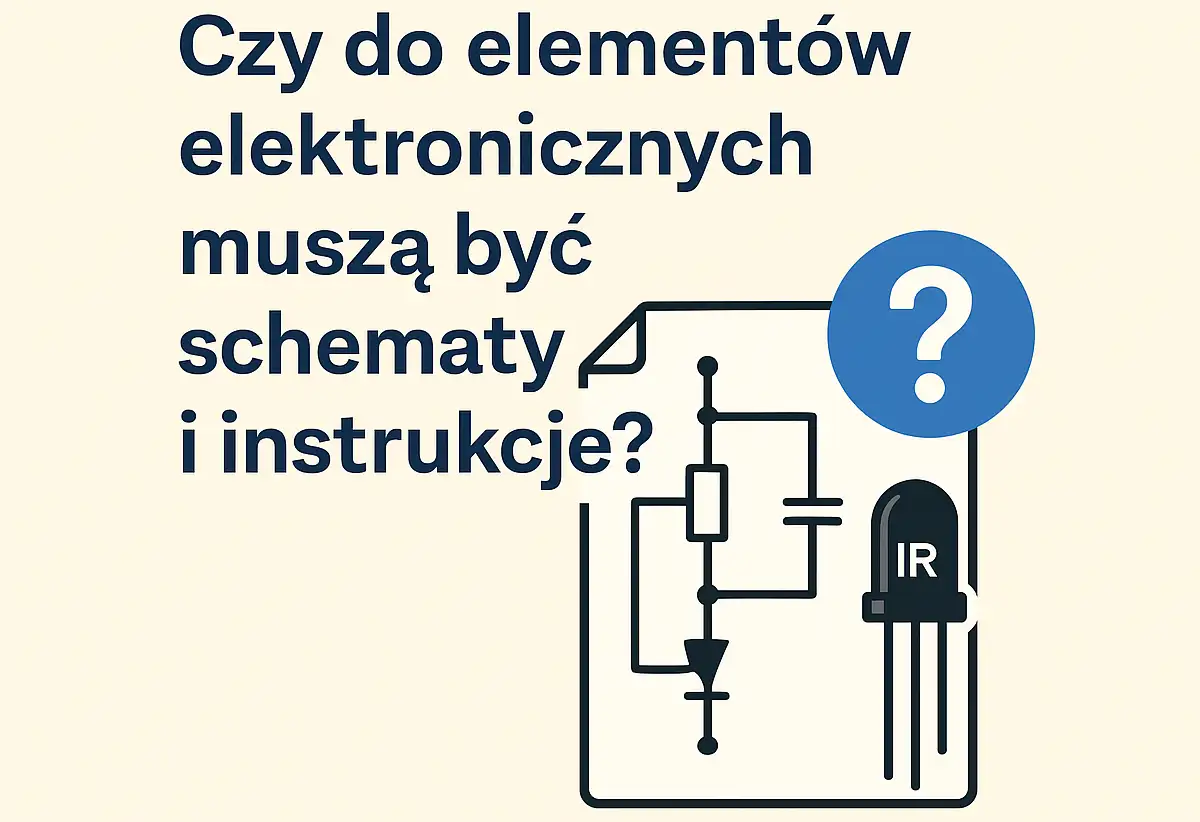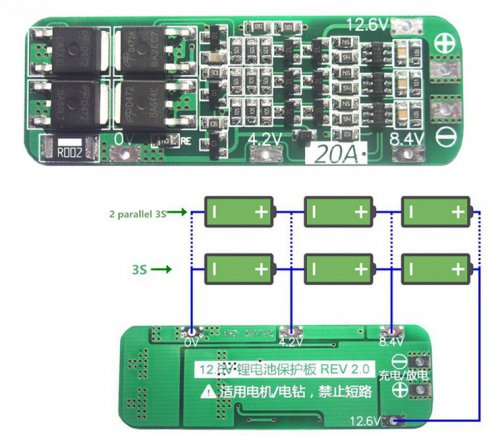
Add products by adding codes
BMS module - 13S - 15/7A - 48V - for Li-on batteries
- The BMS 13S, designed for 48V Li-ion batteries, provides protection against overcharging, over-discharge and overloading, supporting currents up to 15A (maximum) and 7A (continuous).
BMS - 13S - 15/7A - 48V - for Li-on batteries
The BMS (Battery Management System), designated 13S, designed to manage 48V lithium-ion (Li-ion) batteries, is a key element in maintaining optimal condition and extending battery life.
Capable of handling up to 15A (maximum) and 7A (continuous) current, this device provides protection against overcharging, over-discharge and overloading, which is essential for the safe use of batteries.
BMS 13S is ideal for electric vehicles, energy storage systems and other applications requiring reliable lithium-ion battery management.
Its use allows to effectively monitor the status of each battery cell, ensuring optimal operating conditions and maximizing the performance of the battery system.
Technical data
- Number of cells supported: 13
- Maximum continuous discharge current: 20 A ±2 A
- Maximum battery charging current: 20 A ±2A
- Recommended charging voltage: 54,6V
- Overload protectionProtection current: 45 A ±2 A
- Protection against overcharging
- Protection voltage: 4.19 V ±0.05 V
- Protection release: 4.09 V ±0.05 V
- Over-discharge protection
- Protection voltage: 2.59 V ±0.05 V
- Protection release: 2.97 V ±0.05 V
- JST PH2.0 14-pin connector
- Cable length: 40cm
- Operating temperature: -15 ÷ +45 °C
- Dimensions: 70 x 52 x 9 mm

Guide


How to select BMS modules for 18650 batteries
BMS modules are important elements in battery management to protect the battery from damage.
To choose the right BMS module for your 18650 battery, pay attention to the number of supported cells, operating voltage, protection features, and battery compatibility.

BMS Li-ion Co To Jest i co trzeba wiedzieć o modułach i ogniwach litowych
Witam wszystkich w tym wpisie chciałbym poruszyć temat ogniw litowych, jak je ładować, przechowywać, jakie są ich najistotniejsze cechy a także jak takie ogniwa rozładowywać i o nie dbać aby posłużyły nam jak najdłużej i bezpiecznie.
W tym materiale poruszymy tematy:
Jaki moduł BMS wybrać i na jakie parametry zwrócić uwagę?
Jaki prąd będzie mi potrzebny?
Jak podłączyć moduł BMS?














